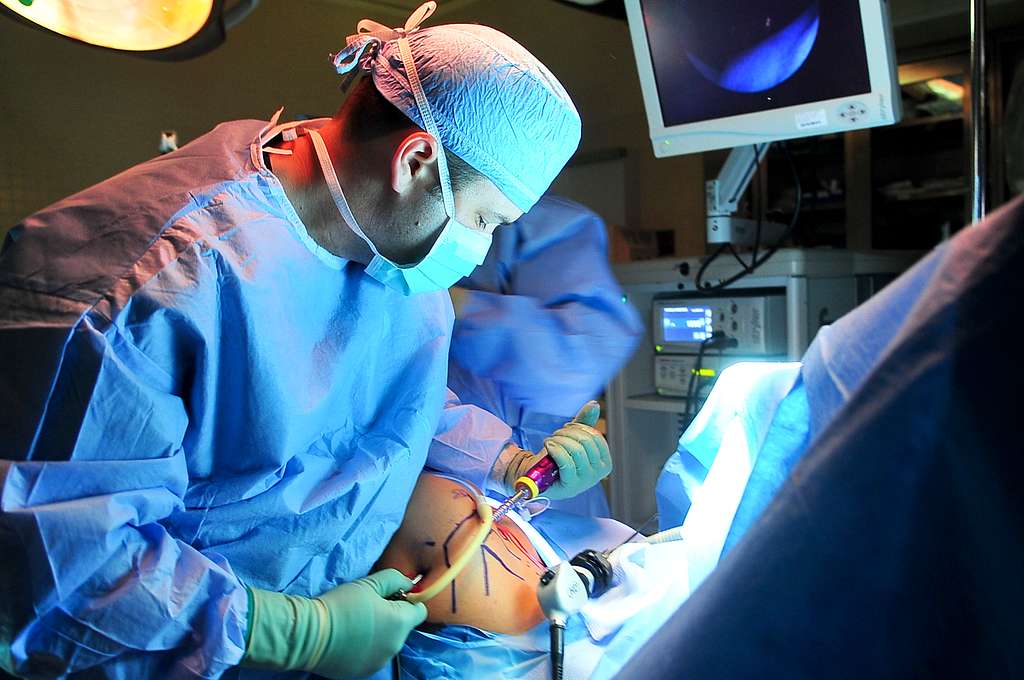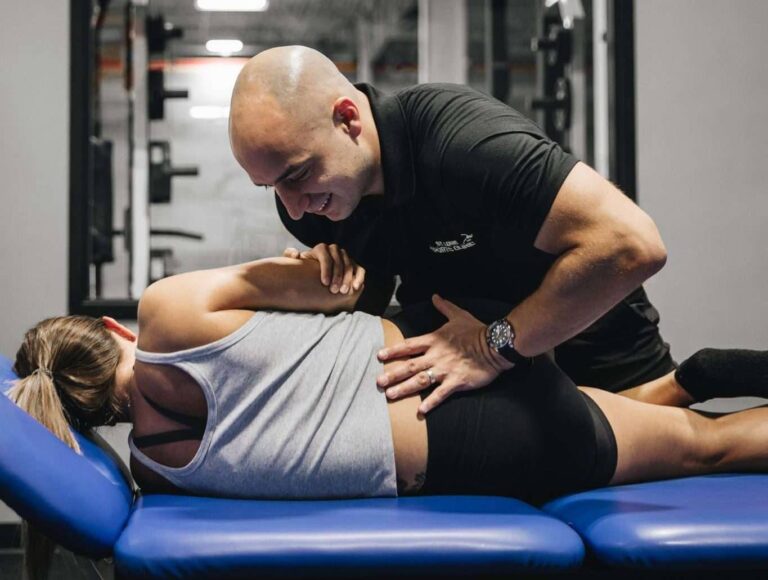Types of Orthopedic Surgery Procedures

Orthopedic surgery treats conditions affecting the musculoskeletal system, including bones, joints, ligaments, tendons, and muscles. When treatments like physical therapy or medication don’t provide relief, an orthopedic surgeon may recommend surgery. Understanding the types of procedures can help you have informed discussions with your healthcare provider about treatment options.
Role of an Orthopedic Surgeon
An orthopedic surgeon focuses on diagnosing, treating, preventing, and rehabilitating musculoskeletal conditions. They manage issues like fractures, joint deformities, ligament tears, and arthritis. Many work with physical therapists and other specialists to create tailored treatment plans. Some specialize in areas such as sports injuries, spine disorders, or joint replacements. Their goal is to restore mobility, reduce pain, and improve patients’ quality of life.
Joint Replacement Surgery
Joint replacement is a common orthopedic procedure. It involves removing damaged joint surfaces and replacing them with artificial components made of metal, plastic, or ceramic. The goal is to restore function, reduce pain, and improve quality of life.
Hip replacement surgery focuses on the ball-and-socket joint of the hip. This procedure can be total, replacing both the ball and socket, or partial, addressing only the damaged portion. It is often recommended for patients with severe arthritis or injuries that impair mobility and cause chronic pain.
Knee and shoulder replacements follow a similar principle but focus on different joints. Knee replacement involves removing damaged cartilage and bone from the femur, tibia, and patella, and replacing them with metal and plastic surfaces. Shoulder replacement may be performed for arthritis or fractures and can vary depending on whether the entire joint or specific components are replaced.
Arthroscopic Surgery
Arthroscopic procedures use a small camera called an arthroscope, allowing surgeons to see inside a joint through tiny incisions. This minimally invasive technique often results in shorter recovery times compared to open surgery. By using smaller incisions, patients experience less tissue disruption and faster healing.
Common arthroscopic procedures include knee arthroscopy for meniscus tears or ligament repairs, shoulder arthroscopy for rotator cuff injuries, and ankle arthroscopy to remove bone spurs or address cartilage damage. These procedures are designed to minimize recovery time while treating joint issues effectively. This approach is appealing because it reduces impact on surrounding tissues.
Corrective Procedures
Some orthopedic surgeries address deformities or structural problems in the body. Osteotomy involves cutting and repositioning bones to improve alignment or redistribute weight-bearing forces. Surgeons often use this procedure to address conditions like bow legs or knock knees, restoring proper function and balance.
Limb lengthening increases bone length gradually. Surgeons create controlled fractures and use specialized devices to slowly separate bone segments, allowing new bone to grow and fill the gap. These techniques help individuals with limb length discrepancies regain mobility and improve quality of life.
Professional Care
Orthopedic surgery offers various options for treating musculoskeletal conditions, each with different recovery times, risks, and outcomes. Your surgeon will assess your condition, health, and lifestyle to recommend the best treatment. Understanding your surgery, recovery expectations, and alternative options helps you make the most appropriate choice for your situation. Open communication with your healthcare team helps you make informed decisions about your care.
- What to Expect When Visiting a Foot and Ankle Specialist
- Causes of PTSD
- The Link Between Plantar Fasciitis and Weight Gain: What You Need to Know
- How Pet Ownership Can Positively Impact Life with Fibromyalgia
- The Importance of Stretching and Flexibility in Sports Medicine
Dr. Emma Green is a health and wellness expert with over 10 years of experience in nutrition and fitness. Passionate about helping others live their healthiest lives, Dr. Green shares practical advice on wellness, nutrition, and sustainable living through LivingSpristine.






